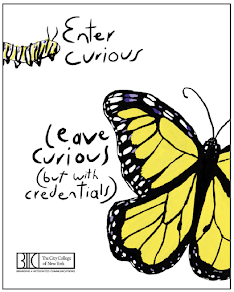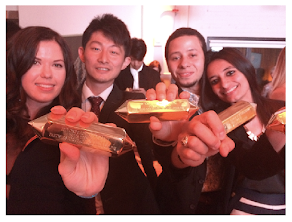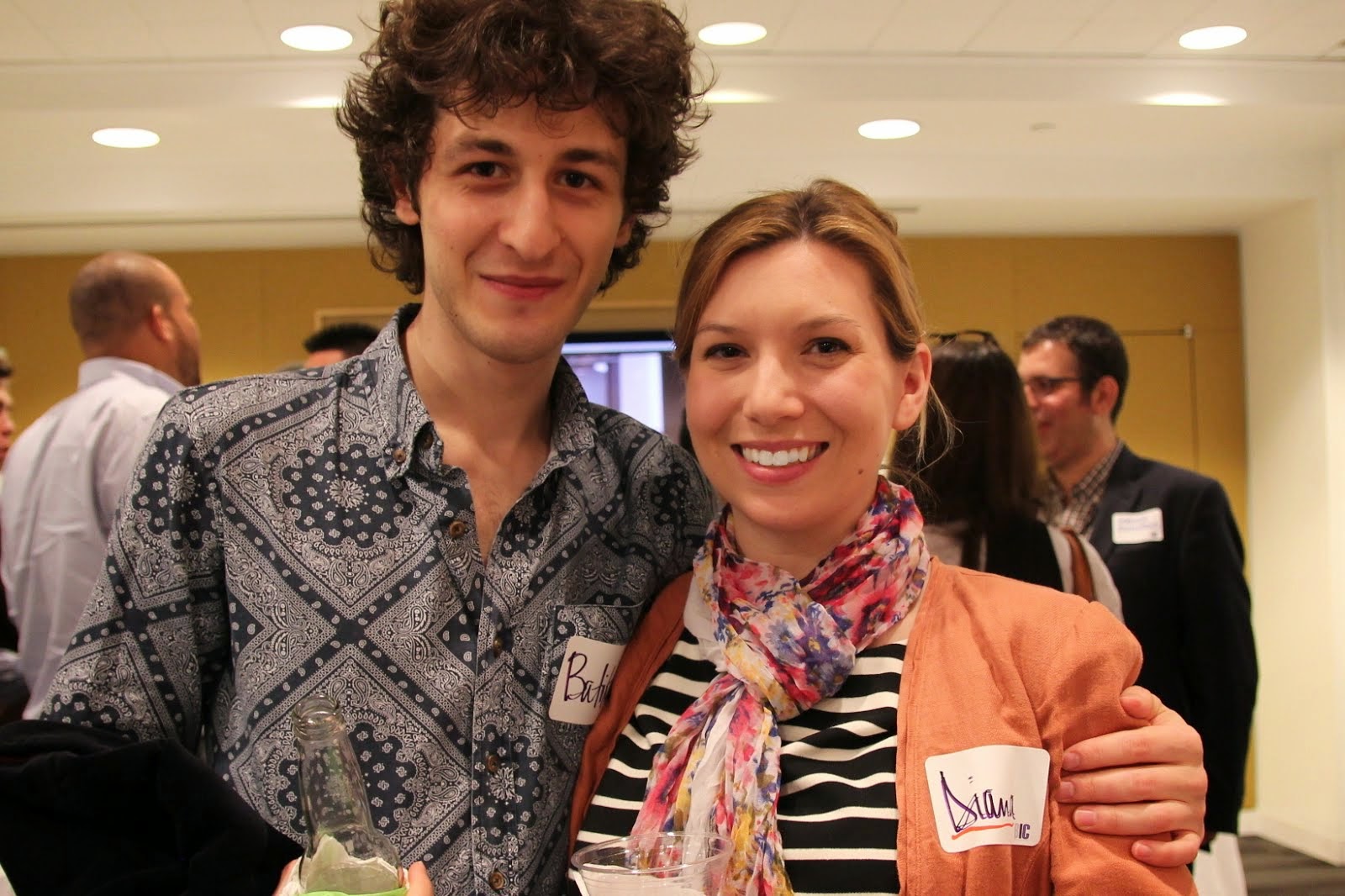"The new American could be a dream come true if it chooses to take the actions that'll make it real."
| American Airlines CEO Tom Horton (L) and US Airways CEO Doug Parker at the airline merger announcement at Dallas-Fort Worth International Airport (Photo: Los Angeles Times) |
Baskin concludes with this: "Past experience is that big mergers end up being nightmares for most everyone involved, except those profiting from their implementation." Some of us have a long memory: the Ciba-Geigy and Sandoz in 1996 to create Novartis was not only a success corporate merger, fairly universally recognized as good for everyone, but also spurred an industry re-branding away from drug or pharmaceutical companies to a "healthcare" industry. Exxon-Mobil in 1999 didn't do badly for itself either. Even, for all the mishegas of the recession, the JPMorganChase merger of 2005 still looks pretty good -- as a brand as well as an enterprise. The question of what makes a big-merger brand success needs a bit more exploration and evidence.








